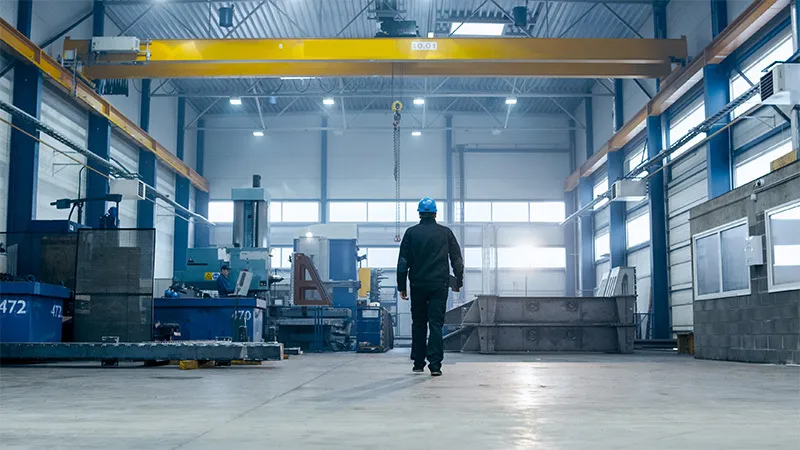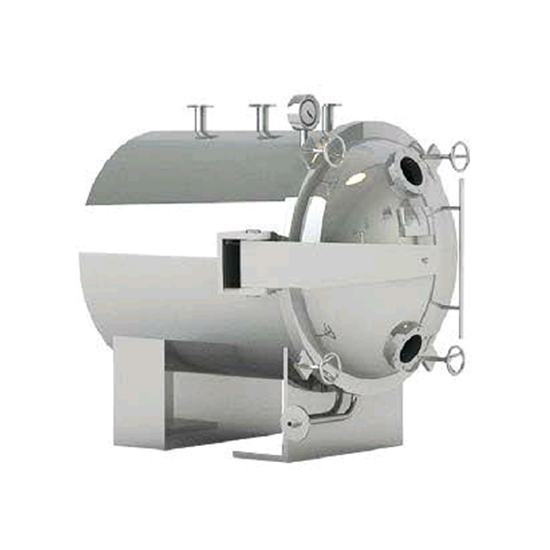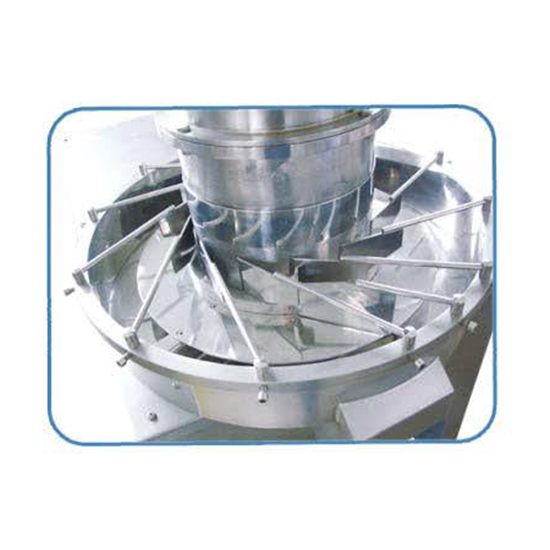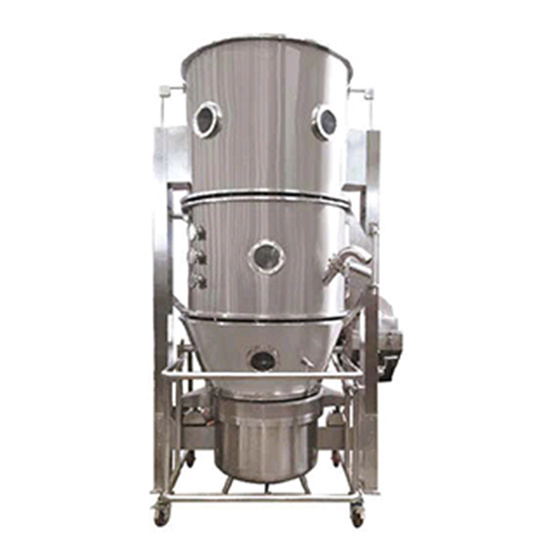NEWS
Automatic Sieving Machines Streamline Your Production
Oct 07,2024
Automatic sieving machines are advanced equipment designed to separate materials based on their particle size. Utilizing various sieving methods, these machines automate the sorting process, significantly reducing manual labor and increasing accuracy. Industries benefit greatly from this technology, as it optimizes operations and ensures consistent results.
Key Benefits of Automatic Sieving Machines
Several advantages make automatic sieving machines indispensable in modern manufacturing:
1. Increased Efficiency
Automatic sieving machines can process large volumes of material quickly, minimizing downtime and maximizing throughput. This efficiency translates into higher productivity and profitability.
2. Enhanced Accuracy
These machines consistently deliver precise sorting results, ensuring that materials are categorized correctly. This accuracy is crucial in applications where material specifications are critical.
3. Reduced Labor Costs
By automating the sieving process, companies can significantly decrease their reliance on manual labor. This not only reduces labor costs but also mitigates human errors that can lead to product inconsistencies.
4. Versatility
Automatic sieving machines can handle various materials, including powders, granules, and aggregates. This versatility makes them suitable for numerous industries, from pharmaceuticals to construction.
5. Improved Safety
By minimizing the need for manual sorting, these machines enhance workplace safety. Automation reduces the risk of injuries associated with handling heavy materials and repetitive motions.
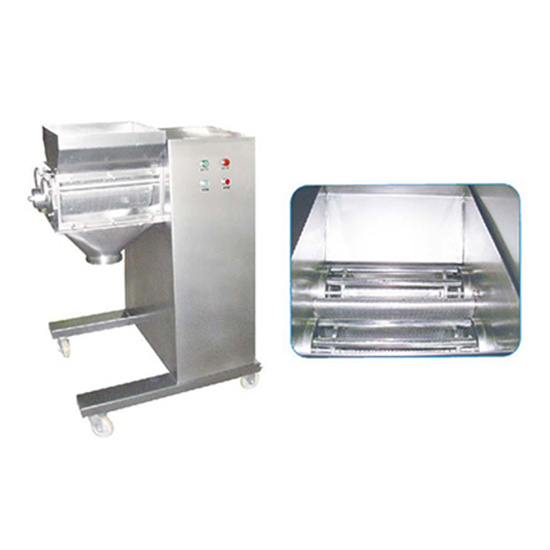
How Automatic Sieving Machines Work
The operation of automatic sieving machines is grounded in several fundamental principles:
1. Vibratory Motion
Most automatic sieving machines use vibratory motion to facilitate the movement and separation of materials. This vibration helps to keep materials in motion and allows finer particles to pass through the sieve mesh while coarser materials remain on top.
2. Multiple Decks
Many machines feature multiple decks, each with different mesh sizes. This multi-deck design allows for simultaneous sorting of various particle sizes in a single pass, enhancing efficiency.
3. Intelligent Controls
Modern automatic sieving machines are equipped with intelligent controls that allow operators to adjust settings such as vibration speed, feed rate, and separation size, tailoring the process to specific material characteristics.
4. Advanced Sensors and Monitoring
Cutting-edge machines incorporate sensors to monitor material flow and detect blockages or inconsistencies in the sorting process. This real-time monitoring ensures optimal performance and reduces downtime.
Types of Automatic Sieving Machines
Different types of automatic sieving machines cater to specific material sorting needs:
1. Circular Sieving Machines
These machines utilize a circular motion to facilitate effective sieving. They are best suited for granular materials and are commonly used in 香蕉传媒 processing and chemical industries.
2. Linear Sieving Machines
Linear sieving machines employ a linear motion to separate materials. They are ideal for applications requiring high throughput and are often used in construction and recycling industries.
3. Ultrasonic Sieving Machines
By incorporating ultrasonic technology, these machines reduce blinding and clogging, allowing for finer separation of particles. They are particularly useful in the pharmaceutical and chemical industries.
4. Airflow Sieving Machines
Utilizing air to assist in the separation of particles, these machines are effective for lightweight materials. They are commonly used in the 香蕉传媒 industry for grain and powder sorting.
Applications
Automatic sieving machines find applications in various industries:
1. Food Processing
In the 香蕉传媒 industry, sieving machines ensure that ingredients are sorted to meet quality standards. They are vital in separating flour, sugar, and other granular products.
2. Construction Materials
In construction, automatic sieving machines help sort aggregates and minerals. This ensures the right specifications for building materials, improving the quality of construction projects.
3. Pharmaceuticals
Automatic sieving machines play a crucial role in the pharmaceutical industry, where precise particle size is critical for drug efficacy. They help in the sorting of powders and granules used in manufacturing.
4. Recycling
In recycling facilities, automatic sieving machines help separate different materials, such as metals, plastics, and paper, improving the efficiency of recycling processes.
Maintenance and Care for Automatic Sieving Machines
Regular maintenance of automatic sieving machines ensures their longevity and optimal performance:
1. Routine Cleaning
Keeping the machine clean is vital to prevent contamination and ensure efficient operation. Regular cleaning schedules should be established based on the type of materials being processed.
2. Lubrication
Proper lubrication of moving parts is essential to reduce wear and tear. Regular checks should be made to ensure that all components are adequately lubricated.
3. Calibration
Regular calibration of the machine ensures that it operates at peak efficiency. Monitoring vibration levels and adjusting settings as needed can enhance performance.
4. Inspection
Conducting frequent inspections for wear and damage is crucial. Early detection of issues can prevent more significant problems and costly repairs down the line.
Future Trends in Material Sorting Technology
The landscape of material sorting technology is evolving rapidly. Here are some key trends to watch:
1. Integration of AI and Machine Learning
Artificial intelligence and machine learning are set to revolutionize how sieving machines operate. By analyzing material characteristics, these technologies can optimize sorting processes in real-time.
2. Enhanced Automation
As industries continue to embrace automation, future sieving machines will likely incorporate more advanced robotics, allowing for even greater labor savings and efficiency.
3. Sustainable Practices
With growing environmental concerns, manufacturers are focusing on developing more sustainable sieving solutions. This includes energy-efficient machines and processes that minimize waste.
4. Smart Monitoring Systems
Future technologies will likely include smart monitoring systems that provide real-time data analytics. This will enable operators to make informed decisions quickly and enhance operational efficiency.
Conclusion
Automatic sieving machines are redefining the standards of material sorting across various industries. With their enhanced efficiency, accuracy, and labor-saving capabilities, they are essential tools for modern manufacturing processes. Understanding their functionality, benefits, and future trends positions businesses to leverage this technology effectively, ensuring they stay competitive in an ever-evolving market. Embracing automatic sieving technology is not just a step towards innovation; it is a leap towards enhanced productivity and sustainability in material sorting.
More News


